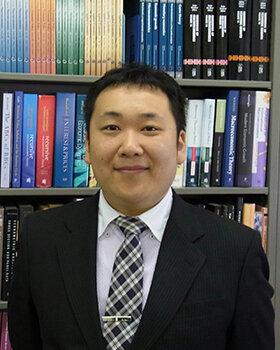WP Global Economy 2021.05.21
Working Paper(21-003E)A comparison of behavior-restriction and test-and-isolate policies using an epidemiological model
Economic TheoryIn this study, we analyze the effects of behavior-restriction and test-and-isolate policies on disease spread and the macro economy using a model that combines an epidemiological model (the Susceptible-Infected-Recovered [SIR] model) and an economic growth model (the Solow model). First, we compare the change in the spread of disease using three types of behavior-restriction policy and policy durations: 80% contact reduction over 30 days, 70% contact reduction over 60 days, and 60% contact reduction over 360 days. In each of these cases, policy adoption quickly suppresses the spread of the disease, but the disease spread resumes sometime after the policy lapsed. To significantly reduce the total number of deaths in the 1,000 days following the beginning of the outbreak, behavioral restrictions would have to remain in place for considerable periods, such as a full year, and the economic losses from such a duration would be very high. Second, we show that shortening behavioral restrictions and introducing a test-and-isolate policy can reduce the spread of disease while reducing economic losses. We specifically derive an optimal policy for minimizing economic losses, excluding the cost of testing, with an upper limit on the total number of deaths associated with the disease: In the baseline analysis, we find the optimal scenario to be behavioral restrictions producing an 80% reduction in contact (equivalent to an approximate 55% reduction in excursions) implemented over about 60 days in combination with testand-isolate at maximum test intensity over one year.
Keywords: COVID-19; SIR model; Behavioral-restriction policy; Test-and-isolate policy

